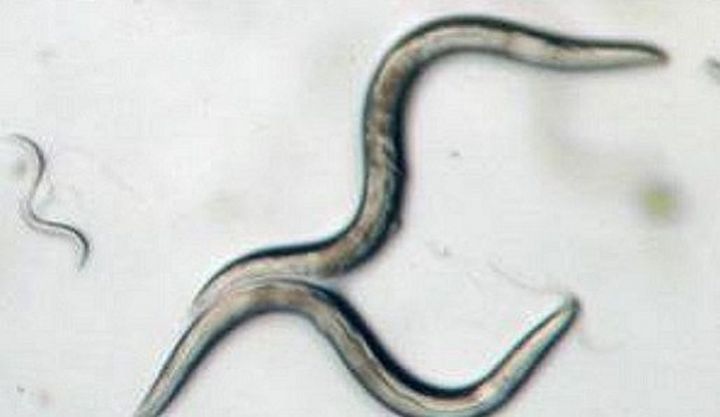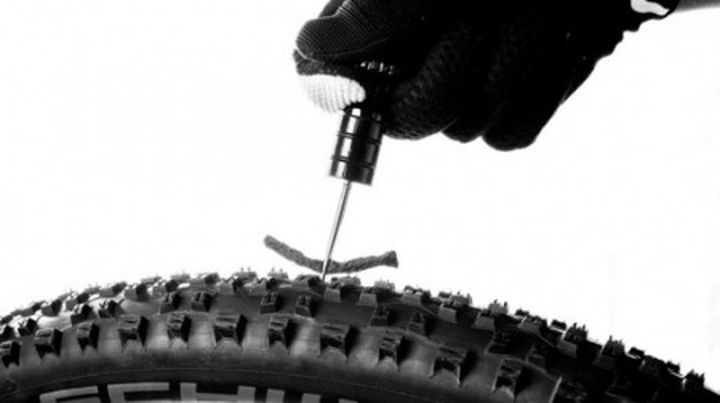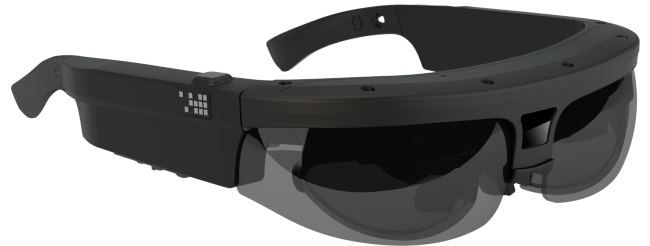Humanity is not intended for life in space. Not at the global level, and so we in space. meaning outside of our atmosphere
the planet. This is one of the fundamental truths that were forced to admit during the short period in which humanity is often visited by low Earth orbit. To better understand the adverse effects of microgravity on the human body, the Japanese Space Agency (abbr. – JAXA) conducted several experiments centering around the observation of changes in the body of a tiny roundworm called Caenorhabditis Elegans.
Currently, astronauts have to participate in the very time-consuming training, using specialized equipment on a daily basis throughout the long period of stay on the ISS in an attempt to mitigate the adverse effects of microgravity. However, regardless of the precautionary approach, the average astronaut will return to earth, losing an average of about 2% of bone mass for each month stay aboard the station.
The study took place on a global scale. It involved equipment and training institutions such as Antarctic base Concordia, owned by ESA, as well as educational institutions, such as King’s College London, which engaged in the development of space suits, which can simulate the effect of gravity.
Caenorhabditis elegans was chosen as for instance the study because of its physiology can be used as a model of small bones and muscles of larger animals, such as humans. Less than 1 mm in length, at the roundworm has many advantages over other living specimens of animals – for example, a short life expectancy (approximately 2-3 weeks in a lab environment) that allows astronauts to grow several generations, while they are on board the station.
In JAXA hopes to benefit from this feature, watching as genetic adaptation to microgravity environment of the ISS progresses at the cellular level from generation to generation. “Astronauts grow a few dozen generations of the body, and then we can investigate organisms in various states of development,” said Atsushi Higesiteni, Research Project Manager from Tohoku University.
Read another very interesting article about alternative energy of the Sun, water and air.




